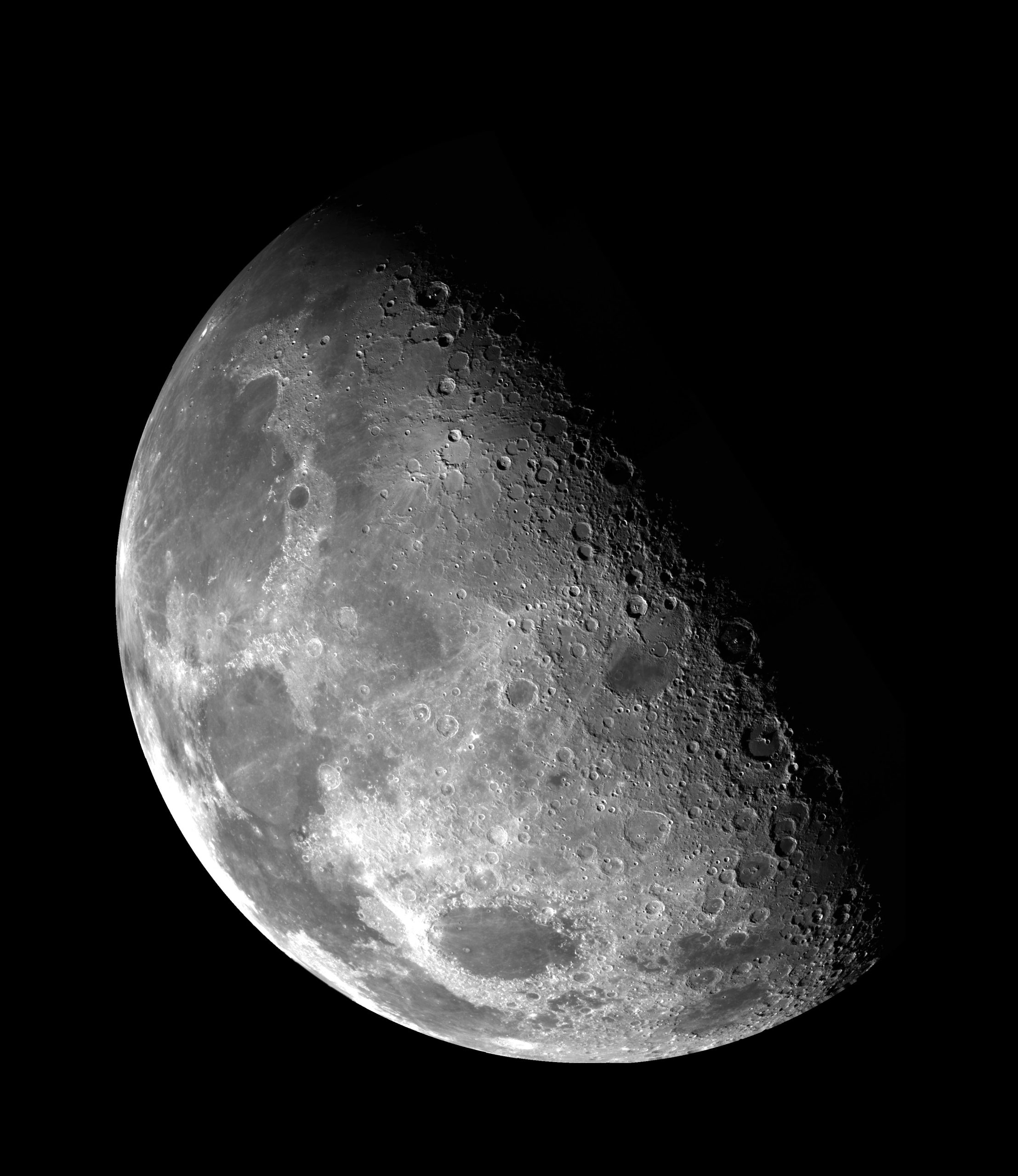What Does the Moon Symbolize in Different Cultures
The moon has captivated and intrigued humans for centuries. Its mystical allure and ever-changing phases have inspired countless myths, folklore, and cultural beliefs. Across cultures and civilizations, the moon holds great significance as a symbol that represents various ideas, emotions, and celestial importance. Let’s explore how different cultures perceive and symbolize the moon.
1. Ancient Egyptian Culture
Ancient Egyptians worshipped the moon as a deity known as Thoth. Thoth was associated with wisdom, writing, and the lunar cycle. The moon’s phases were believed to be linked to Thoth’s divine power, influencing the flow of time and magic. The symbol of a crescent moon adorned the headdresses of Egyptian gods and goddesses, reflecting the moon’s connection to divinity.
2. Native American Culture
For many Native American tribes, the moon played an essential role in their cultural and spiritual beliefs. The Lakota Sioux people recognized the moon as their guiding light during times of travel and migration. Similarly, the Apache tribe believed that the moon controlled the tides, influenced their agricultural practices, and provided protection against evil spirits.
| Tribes | Moon Symbolism |
|---|---|
| Lakota Sioux | Guiding light during travel and migration |
| Apache | Tides, agriculture, and protection against evil spirits |
3. Chinese Culture
In Chinese culture, the moon holds deep symbolic value, especially during the Mid-Autumn Festival, also known as the Moon Festival. The festival celebrates the harvest and family reunions. The moon is seen as a symbol of unity and completeness. The legend of Chang’e, the Moon Goddess, is an integral part of Chinese mythology and further emphasizes the moon’s significance in their culture.
3.1 Moon Festival Legends
One story associated with the Moon Festival is the tale of Hou Yi and Chang’e. According to legend, Hou Yi was a skilled archer who shot down nine of the ten suns that burned the earth, saving humanity. As a reward, the Queen Mother of the West gifted him an elixir of immortality. However, Hou Yi’s wife, Chang’e, consumed the elixir and ascended to the moon. She became the Moon Goddess, forever separated from her husband but serving as a symbol of love and longing.
4. Islamic Culture
The moon holds significant religious symbolism in Islamic culture. The Islamic calendar follows a lunar cycle, with the sighting of the crescent moon marking the beginning and end of the holy month of Ramadan. The crescent moon is also a universal symbol representing Islam. It appears on flags, religious insignia, and is commonly associated with the beauty and divine light that illuminates the pathway towards spirituality.
5. Greek and Roman Culture
In ancient Greek and Roman cultures, the moon was associated with lunar deities such as Selene and Luna. For the ancient Greeks, the moon represented femininity, the night, and the goddess Artemis, who ruled over the moon and hunting. Similarly, for the Romans, Luna embodied the divine feminine energy associated with the moon’s ethereal glow.
- The moon symbolized femininity and the night.
- Goddesses like Artemis and Luna ruled over the moon.
6. Japanese Culture
In Japanese culture, the moon holds deep symbolism and aesthetic beauty. The full moon, known as “chushu no meigetsu,” is celebrated through poetry and art. One of the most famous Japanese cultural symbols associated with the moon is the rabbit pounding mochi (glutinous rice cake) on the moon’s surface. This folklore depicts the companion of the Moon Goddess, who resides on the moon pounding rice to create the lunar landscape.
7. Mayan Culture
The moon played a vital role in Mayan culture and mythology. The Mayans believed that the moon goddess, Ix Chel, controlled fertility, weaving, and water. They associated the moon’s phases with the growth cycles of crops and performed rituals to ensure agricultural abundance. The moon also governed the Mayan calendar, and its phases dictated religious ceremonies.
8. Modern Symbolism
Beyond ancient civilizations and cultural traditions, the moon continues to inspire and symbolize numerous ideas in modern society. It represents serenity, dreams, intuition, and the cycles of life. The moon’s symbolism is present in literature, music, and art, where it often represents spiritual enlightenment, romanticism, and the beauty of the natural world.
From mythology and religious beliefs to artistic inspiration and natural wonder, the moon’s symbolization in different cultures is an embodiment of humanity’s fascination and connection with celestial bodies. It serves as a reminder of our shared origins and the universal desire to understand the mysteries of the universe, both within and beyond.
So, the next time you gaze up at the night sky and catch a glimpse of the moon, take a moment to appreciate the diverse beliefs and symbolism that the moon holds in cultures around the world.
Table of Contents
